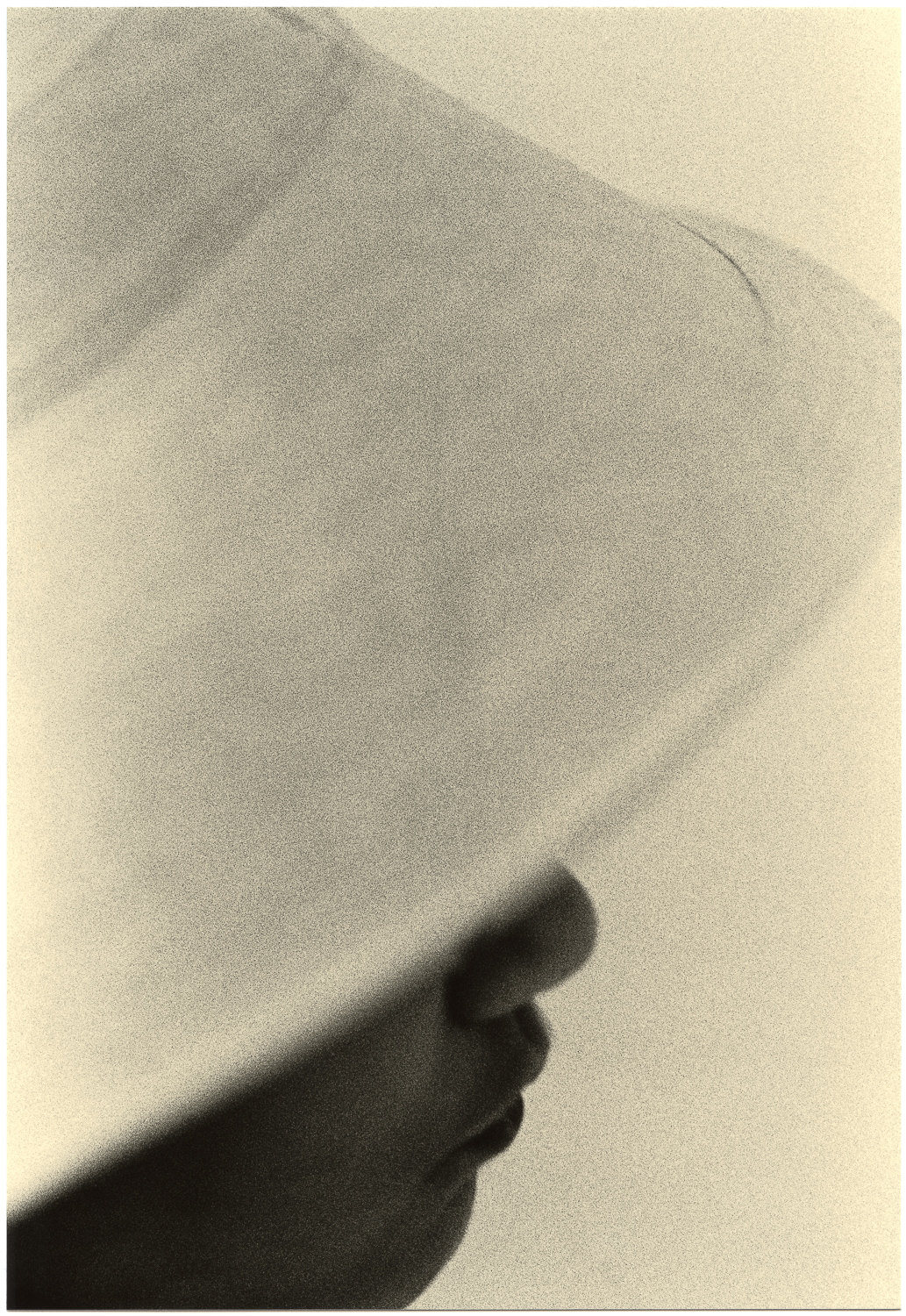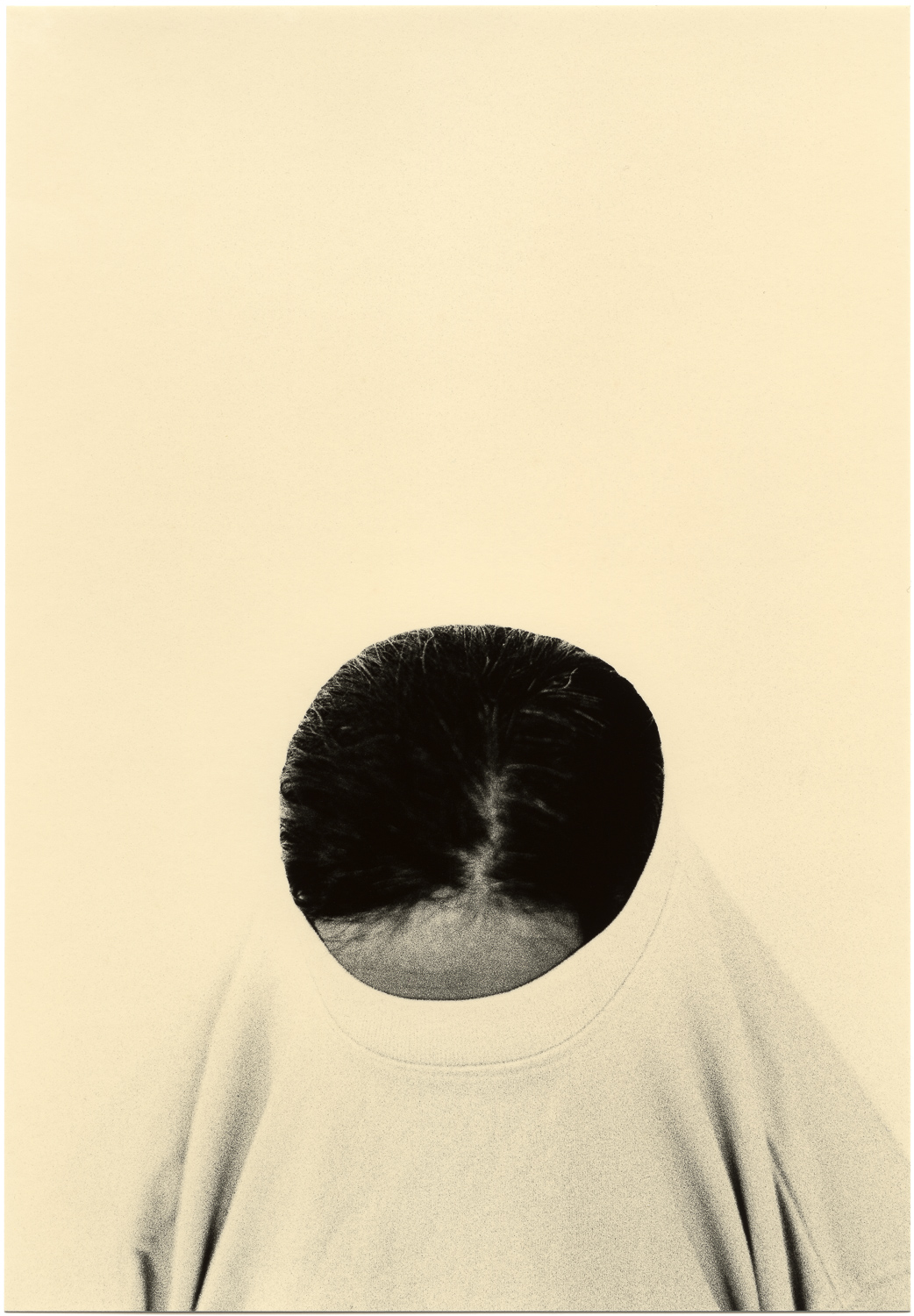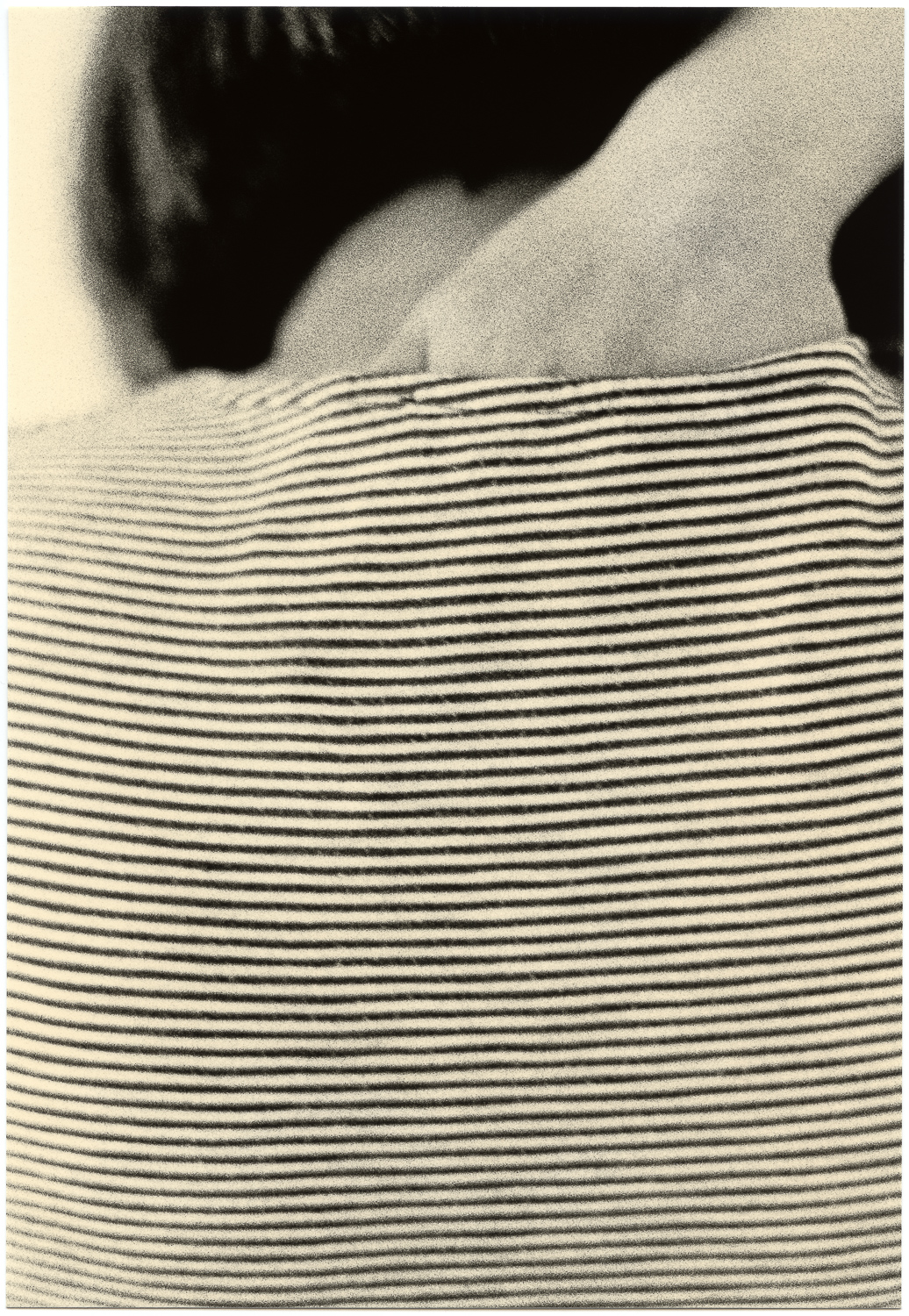
In conversation with
Mikael Siirilä
Helsinki, Finland
Hi Mikael, please introduce yourself.
I live and work in Helsinki, Finland. My history with analogue is the typical one. I learned to use film and make b&w prints as a teen in the 90s when the norm was getting 10x15cm prints from 1-hour print shops. I remember the rituals of mounting travel slides with my father for our family projection nights.
I may have imagined a career in photography. Instead, though, I studied philosophy, dropped out and become an entrepreneur in graphic and digital design. The birth of my daughter eventually led me back into analogue: private and meaningful subjects demanded film! Over the decade that followed printmaking turned into self-expression.
Although I have begun to take the craft seriously, I don’t identify as a photographer. I use the camera to collect raw material to work with in the darkroom.
What does analog photography mean to you? What excites / fascinates you about it?
An analogue photograph retains a special relationship with reality. I imagine an uninterrupted chain of physical events that translated emanate light into a picture. The picture is a poetic relic.
In your opinion, what are the advantages and disadvantages of analogue photography?
I weigh analogue photography against anything else anymore. I absolutely love the tangible process and the consistency over time.
Do you concentrate on a certain topic in your work?
I don’t work on topics or projects. I make individual pictures that I enjoy staring at. They are quiet and reflective, stripped bare of context, information and narratives, perhaps peering into the internal world of the subject or the observer. I like to think of them as visual poetry.
Are there (analogue) photographers who have influenced your aesthetic and approach?
Ralph Gibson’s work originally convinced me of the possibility of expressive photography. Also works by Saul Leiter, Luigi Ghirri, André Kertész, Renato D’Agostin, Masao Yamamoto, Eikoh Hosoe and Hiroshi Sugimoto have inspired me greatly.
Do you have certain cameras and films that you prefer to work with?
I use the Leica MP with a 50mm lens and Kodak Tri-x film. Occasionally I might also carry the beefier Nikon F6 with a 105mm macro to cover the limitations of a rangefinder.
Speaking of films: What does your workflow look like?
I drop exposed film cartridges in an unordered box. When in need of more material, I take some out to develop. Consequently, several months may have passed between shooting and making prints. I like what that does to my relationship with the pictures.
Another note could be the importance of contact sheets and editing as a thought process. I spend hours exploring and re-exploring contact sheets. Sometimes a new thought makes an old frame relevant again.
What advice would you have for other photographers who are reading this interview?
I don’t have general advice to give, but perhaps a word of encouragement. If you are into b&w film photography but have not printed in the darkroom, you should give it a try. The soul of analogue photography lives in the darkroom, not in the film canister.
If you publish your work on Instagram: curse or blessing?
Instagram has been a blessing for me. I have found like-minded people and an audience to whom I feel connected.
Which 3 photo books can you recommend / should you definitely own?
Some poetic gems are “Unnamed Road” (Jungjin Lee), “Another Language” (Mårten Lange) and of course Ralph Gibson’s classics.
Thank you so much for your time!
Favorites
Leica MP, Nikon F6
Kodak Tri-X
B/W






